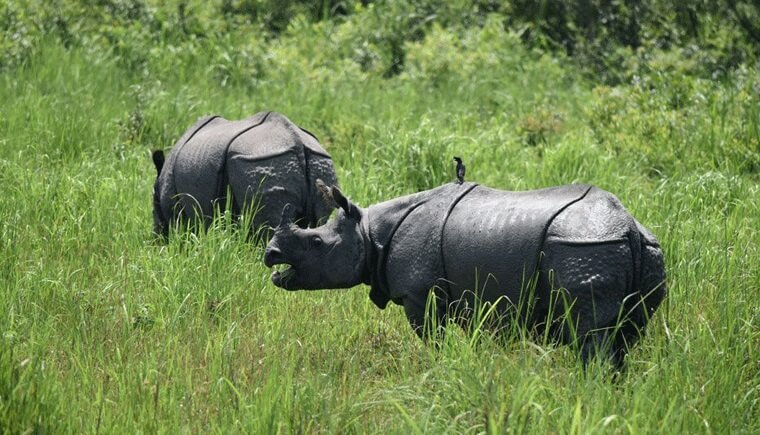
06 Jul, 2019
A Decline in Rhino Poaching in Kaziranga National Park But The Threat is Still Alive
Poaching of rhinos has been a constant threat in Kaziranga National Park, Assam. But thankfully, the happy news is here. The National Park has recorded a significant drop in the number of rhinos that have been poached since the year 2016. However, the park authorities are not rejoicing as they believe that with this case the threat level remains to be still high. In regard to this, one of the park officials said that the poachers are always on the prowl and look for opportunities to take a sneak peek in the park with the aim to kill the rhinos. So, continues efforts in saving these rhinos from the eye of the poachers need to be maintained.
In Case You Didn’t Know
Also known as greater one-horned rhinoceros, the great Indian rhinoceros are native species found in India. As the rhinos are one of the worst affected species in India, it is listed as Vulnerable under IUCN Red List. To enlighten you a little more, a constant threat of poaching has made India lose a majority of its rhino population to around 2500 in the year 2008. The interesting fact behind the poaching of rhinos is the high demand for the unique horn in the international grey market. The horn is made of the same protein that constitutes the formation of hair. These horns are smuggled through Myanmar mainly in China and Myanmar for traditional medicines.
Kaziranga National Park Poaching Records
| Year | Rhinos Poached | Number of Poachers Arrested |
| 2016-17 | 12 | 89 |
| 2017-18 | 7 | 75 |
| 2018-2019 | 6 | 36 |
| 2019- Till Date | 1 | 12 |
Monsoon: The Peak Season of Rhino Poaching
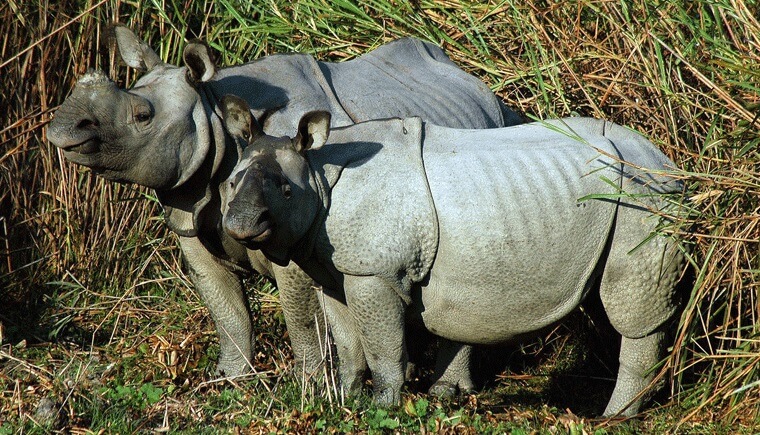
A large swathe of Kaziranga National Park is inundated during the monsoon season. This is the time when the rhinos move to the highlands in the adjoining Krabi Anglong district making them vulnerable to the poaching. As far as anti-poaching is concerned, monsoon season is the critical time as the flood occurs. It is during this season when poachers look for opportunities to kill the rhinos as these creatures are seen to be moving while escaping the flood.
The Future of One-Horned Rhinoceros
Even though the rhino poaching has declined but the threat is still alive. For this reason, the forest officials of Kaziranga National Park will pay more heed in the protection of rhinos along with the other animals. Bringing up stricter laws and better prosecution will definitely minimise the cases of rhino poaching in Kaziranga National Park of Assam or in any other national park of India. In addition to this, we as a part of the society should contribute to save the Indian rhinos by making small efforts like;- Engaging with the wildlife conservation community
- Saying a big ‘No’ to the Animal Products or any other illegal animal parts
- Spreading awareness about wildlife conservation in order to inspire others to act
About Kaziranga National Park
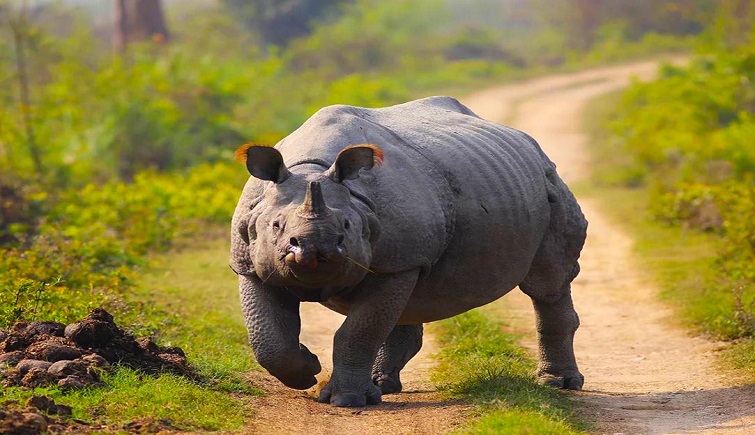
Located on the floodplains of River Brahmaputra in between two districts of Assam (Golaghat and Nagaon), Kaziranga National Park is a UNESCO World Heritage Place since 1985. It has the world’s largest population of one-horned rhinoceros along with many other mammals including panthers, tigers, elephants, bears and a variety of bird species. According to a state forest department census of the year 2018 done across 430 sq. km park, it counted over 2,413 rhinos.
Best Time To Visit Kaziranga National Park
The best season to visit Kaziranga is between November and April when the tourists can indulge the elephant and jeep safari for a better sighting of rhinos and other animals.

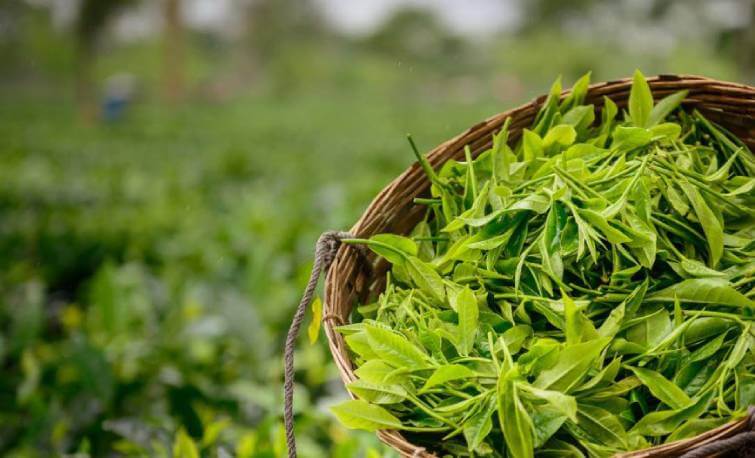
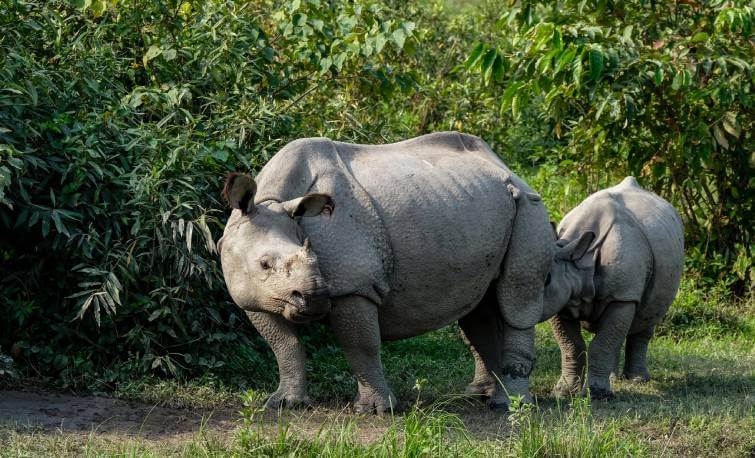
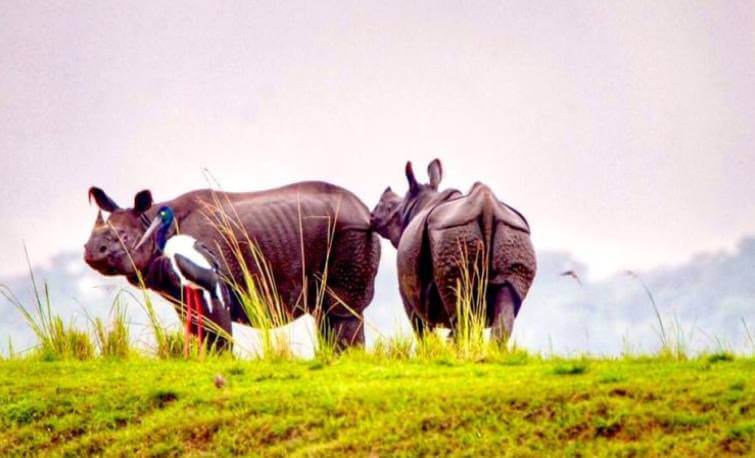
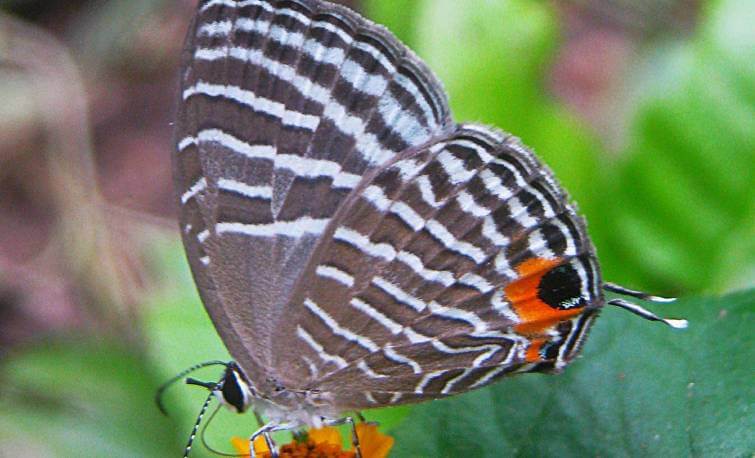
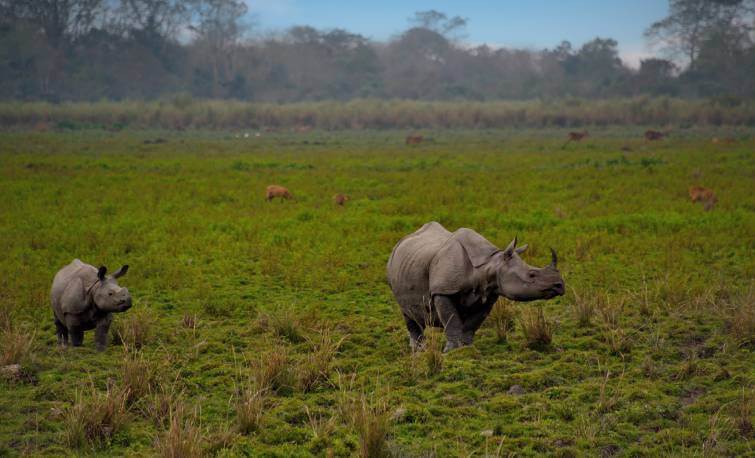




 Share
Share Home
Home Packages
Packages Book Now
Book Now